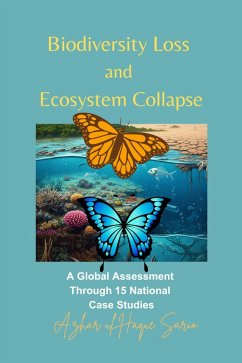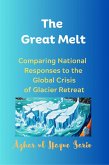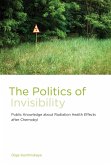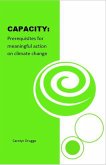While many reports describe the biodiversity crisis, this book shows you the crisis. It avoids vague generalizations by focusing on specific, real-world examples. Other books might tell you palm oil is a problem; we take you inside the supply chains in Indonesia and Malaysia to see the direct link between commodity booms and forest loss. The book's unique, consistent structure for each country allows for powerful comparisons, revealing global patterns in a way no other single volume does. It's not just an assessment of loss; it's a practical guide to the complex interplay of economics, governance, and conservation. We unpack innovative solutions, from Ecuador's historic debt-for-nature swap to Colombia's pioneering biodiversity bonds, offering a clear-eyed view of what works, what doesn't, and what's next in the fight to save nature.
Disclaimer: This book is an independently produced work of analysis and commentary. The author has no affiliation with, is not sponsored by, and is not endorsed by the World Wildlife Fund (WWF), the Intergovernmental Science-Policy Platform on Biodiversity and Ecosystem Services (IPBES), the World Bank, the Convention on Biological Diversity (CBD), or any other organization mentioned herein. The use of organizational names is for identification purposes only under the principle of nominative fair use.
Dieser Download kann aus rechtlichen Gründen nur mit Rechnungsadresse in A, B, BG, CY, CZ, D, DK, EW, E, FIN, F, GR, H, IRL, I, LT, L, LR, M, NL, PL, P, R, S, SLO, SK ausgeliefert werden.









